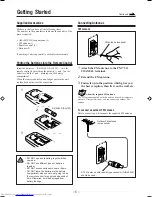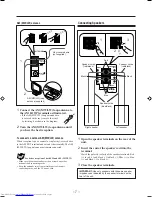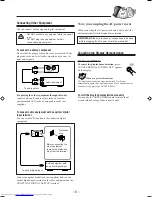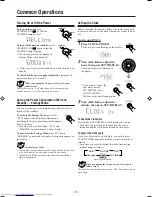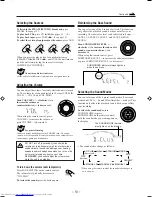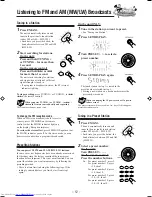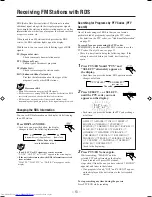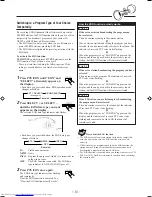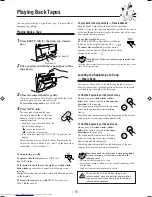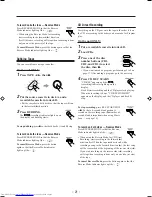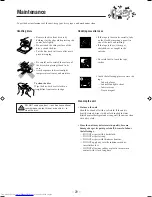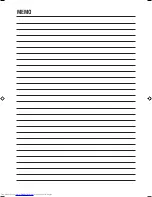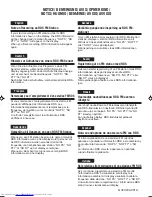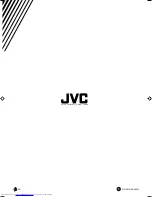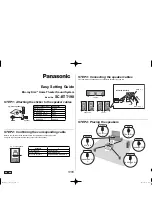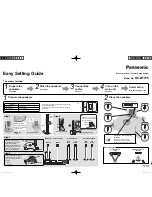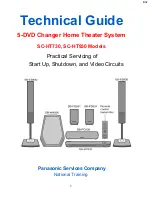
– 20 –
Recording
Recording a Tape on Deck B
1
Press EJECT
0
for the deck B.
2
Put a recordable cassette into deck B.
3
Close the cassette holder gently.
4
Check the tape direction of deck B.
• If the tape direction is not correct, press TAPE
2
3
twice then
7
to change the tape direction.
5
Start playing the source — FM, AM (MW/
LW), CD player, deck A, or auxiliary
equipment connected to AUX jacks.
• When the source is CD, you can also use CD Direct
Recording (see page 21) and Auto Edit Recording (see
page 22).
• When the source is deck A, you can also use the
dubbing method. (See “Dubbing Tapes” on page 21.)
6
Start recording.
On the unit:
Press REC START/STOP.
On the remote control:
Press and hold REC START/STOP
for more than 1 second.
The
(recording) indicator lights up on
the display and recording starts.
• If no cassette is inserted, “NO TAPE” appears on the
display. If a protected tape is inserted, “NO REC”
appears on the display.
To stop recording immediately, press
7
.
To remove the cassette, press EJECT
0
for deck B.
IMPORTANT:
• It should be noted that it may be unlawful to re-record
pre-recorded tapes, records, or discs without the
consent of the owner of copyright in the sound or video
recording, broadcast or cable programme and in any
literary, dramatic, musical, or artistic embodied
therein.
• The recording level is automatically set correctly, so it is
not affected by the VOLUME, the SUBWOOFER LEVEL,
and the SOUND MODE controls. Thus, during recording
you can adjust the sound you are actually listening to
without affecting the recording level.
• If recordings you have made have excessive noise or static,
the unit may be too close to a TV. Increase the distance
between the TV and the unit.
• You can use type I tape for recording.
To protect your recording
Cassettes have two small
tabs on the back to protect
from unexpected erasure or
re-recording.
To protect your recording,
remove these tabs.
To re-record on a protected tape, cover the holes with
adhesive tape.
To keep the best recording and playback sound quality
If the heads, capstans, and pinch rollers of the cassette decks
become dirty, the following will occur:
• Impaired sound quality
• Discontinuous sound
• Fading
• Incomplete erasure
• Difficulty in recording
To clean the heads, capstans, and pinch rollers
Use a cotton swab moistened with alcohol.
To demagnetize the heads
Turn off the unit, and use a head demagnetizer (available at
electronics and audio shops).
Heads
Capstans
Pinch rollers
Continued
EN20-30.CA-MXGT91R&G71R[B]f
2/26/01, 6:59 PM
20
Summary of Contents for CA-MXG71R
Page 34: ...MEMO ...
Page 35: ...MEMO ...
Page 37: ...0201MWMMDWJEM EN VICTOR COMPANY OF JAPAN LIMITED ...

